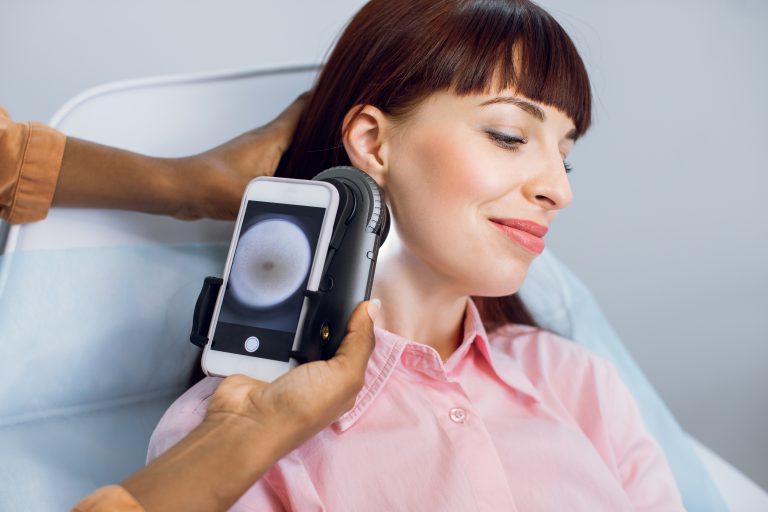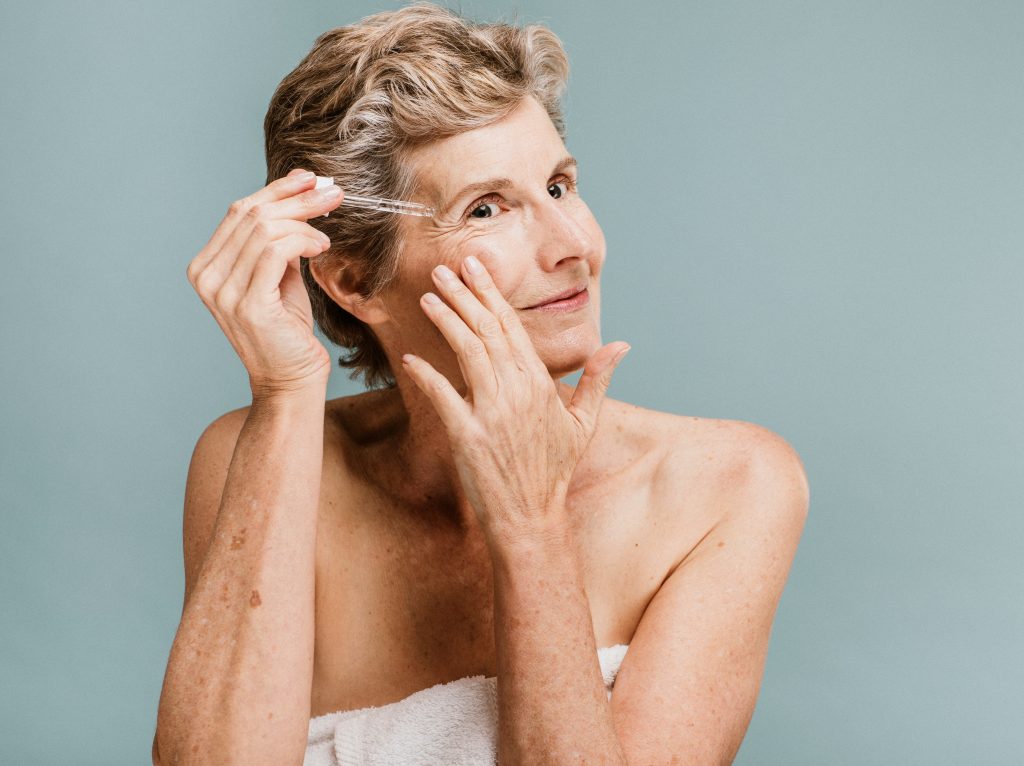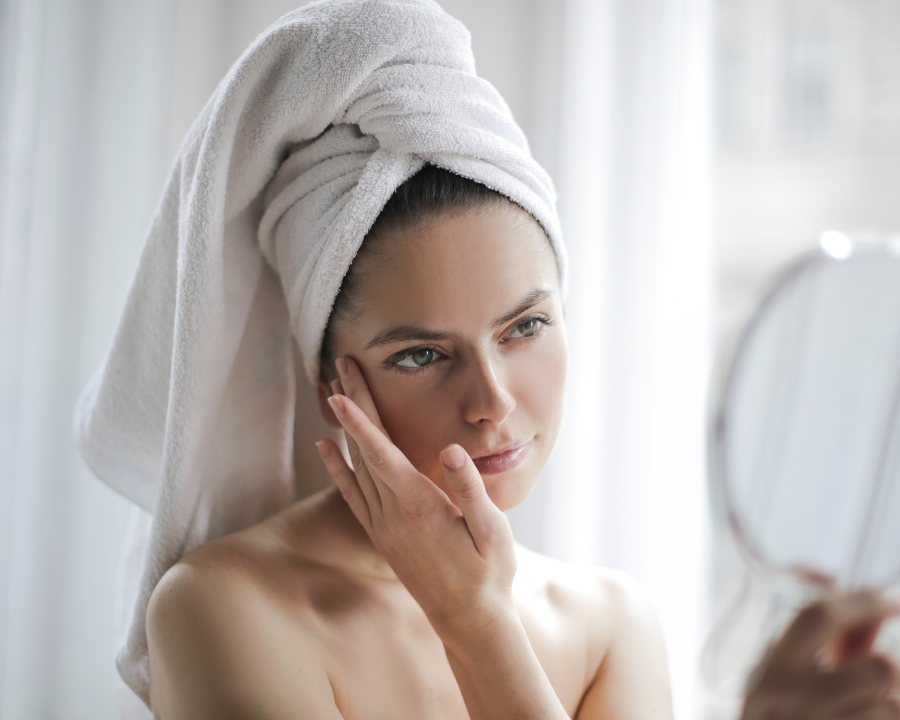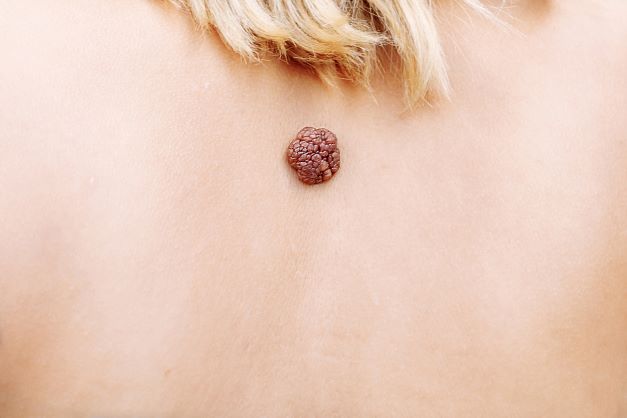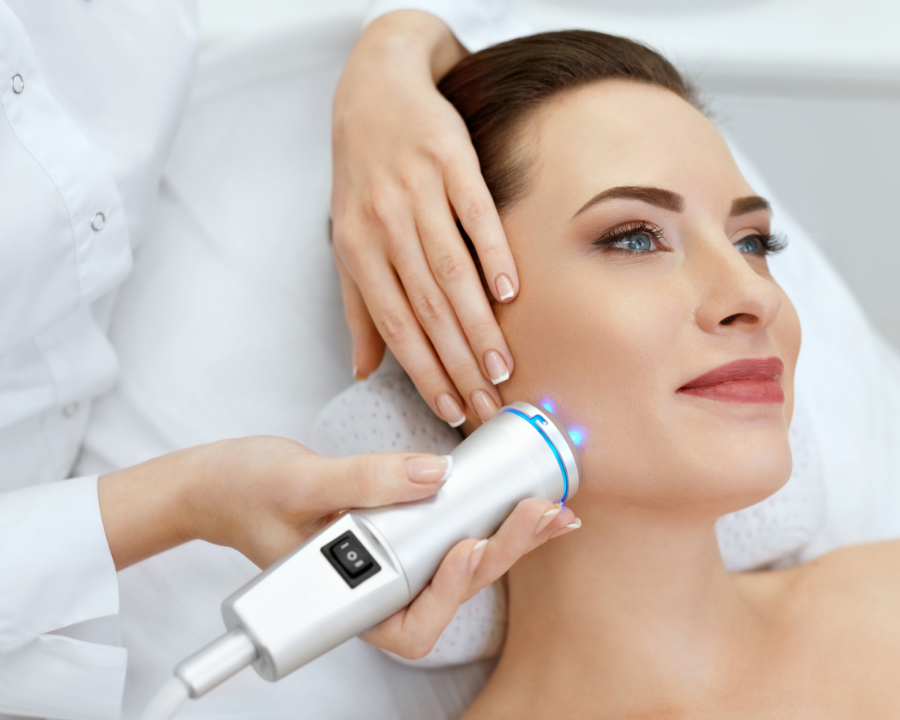The dermatologists at Summit MD Dermatology are dedicated to the best skin cancer prevention screenings in Avondale, AZ. The most common place to develop skin cancer is on the sides of the nose. However, men tend to develop skin cancer on the top of their heads and on their ears more often than women do, as men typically have less hair to cover their heads and ears.
The earth relies on the sun’s heat to survive but the downside is that the sun emits ultraviolet rays that can be harmful and damaging. There are 3.5 million cases of skin cancer that are diagnosed in the U.S. every year and 90% are caused by the sun’s ultraviolet rays. Skin damage is mainly associated with aging (wrinkles, sagging, discoloration and leathering) and ultraviolet rays. Over time your skin gets damaged when you are in the sun. Take preventive measures and enjoy the benefits without risking more damage to your skin.
There are numerous steps that you can take to reduce your risk of skin cancer. While skin cancer is the most common cancer in the United States the ability to prevent it is in your hands. The most important thing you can do to prevent skin cancer is to wear sunscreen everyday. Wearing clothing to protect exposed skin while out in the sun and being in the shade at the peak of the sun. You also want to get regular screenings with your dermatologist and let them know of any suspicious changes that you see on your skin.
You want to practice good sun habits everyday even when the sun is not out. Some tips to practice are:
- Try to stay in the shade at the highest peak of the sun
- Try not to burn
- Avoid tanning beds
- Cover up exposed skin with clothing, hat and UV- blocking sunglasses
- Use a broad spectrum (UVA/ UVB) sunscreen with SPF 15 or higher everyday
- For outdoor activities, use a water- resistant sunscreen
- Examine your skin every month and note any changes
- See your dermatologist for your annual exam
Avoid using a tanning bed all together. This is one of the biggest preventative measures you can take against skin cancer. People who use tanning beds are 2.5x more likely to develop skin cancer and 1.5x more likely to develop basal cell carcinoma.
If used correctly sunscreen can help prevent sunburns than it would if someone were to not wear it. Sunscreen that has SPF 15 can filter out about 93% of incoming UVB rays, while SPF 30 keeps out 97%. The higher SPF can make a difference for people with skin that always burns rather than tans. High SPF is not enough to protect against the sun’s long-wave (ultraviolet A rays). Research has recently shown that UVA rays penetrate the skin deeper than UVB rays, which causes more damage. Ultraviolet A rays are the main cause of sun- induced aging. You want to look for products that have a broad spectrum in them.
Educate Yourself
The dermatologists at Summit MD want to increase your awareness of the dangers of sun exposure. Here are some facts many people don’t know about the sun safety:
- You can get a sunburn on a cloudy day
- Children get 3x more sun exposure than adults
- One sunburn can double a child’s risk of getting skin cancer in their lifetime
- The deadliest form of skin cancer is melanoma and kills one person every hour
It’s our responsibility to help prevent skin cancer, we owe that to ourselves, friends and family, so take all the precautions to protect your skin. Be aware of any changes in your skin and speak with your dermatologist about any changes and get your annual screening.

